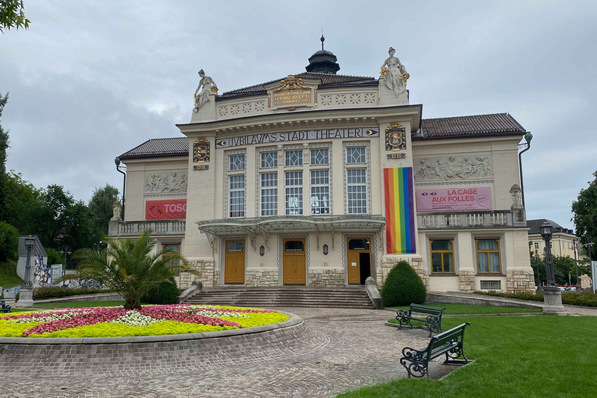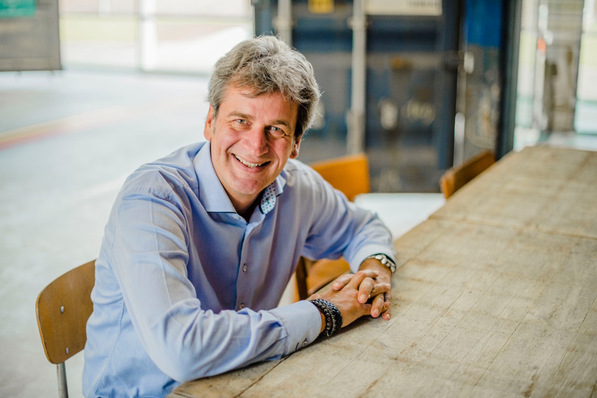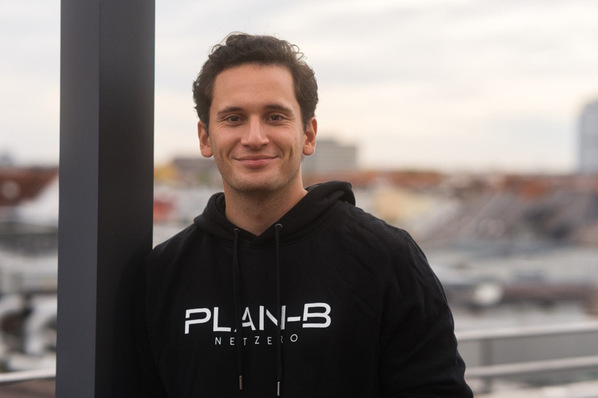At the conference in Bern, Omar Renteria will cast an eye to the future and explain how intelligent facades will adapt themselves to changing environmental conditions. EYP is an architecture and engineering firm with a staff of over 700 in North America and Europe. According to the vision of EYP, the building skin would evolve into a cohesive neural system. A central "brain" analyses all data relating to the user requirements and controls the facade modules as appropriate. "Meeting these emerging and evolving challenges requires us to consider facades not only as protective barriers, but as complex, self-aware organisms capable of adapting effectively and efficiently to external and internal variables," explains Renteria. "To do so, each component of the building skin must be seamlessly connected and able to communicate collectively, each one individually capable of absorbing and digesting real-time environmental, social, and programmatic inputs. This is not only a dynamic façade, but one literally capable of learning and self-adjusting over time through a networked analysis of quantitative and qualitative inputs," predicts Renteria. "EYP is reimagining the very process of design and how we approach it. We need a better practical solution and getting there will require a disruptive innovation," comments Renteria.
Innovative architectural and engineering companies
At this year's Conference on Advanced Building Skins, twelve of the most innovative American architectural and engineering companies are contributing. "When planning the program, we aligned to the list compiled by Karlin Research, which annually rates US American architects and building engineers in the categories of design, sustainability and business performance," explains Andreas Karweger, Director of Advanced Building Skins GmbH, Wilen, Switzerland. "We have managed to attract several contributors from the top 50 firms to Bern. I am particularly pleased that we were able to obtain ZGF Architects from Portland and EYP Architecture & Engineering from New York, the leading architectural companies in the category of sustainability," adds Karweger. Other contributors are coming for example from the architectural and engineering companies Skidmore, Owings & Merrill, Chicago; HKS Architects, Houston; Walter P Moore, Los Angeles; Belzberg Architects, Santa Monica; Gehry Technologies, Los Angeles; Gensler, Chicago; Integral Group, Oakland; Amtech Solutions, Dallas.
Increasing importance of glass in architecture
Europe is also represented by notable architects and engineering firms at the conference in Bern: Matt King, Director of the consulting engineers T/E/S/S, Paris, together with Frank Gehry, designed the facade of the Fondation Louis Vuitton; he supervised the development of the gigantic glass sails. For this he received the renowned "Grand Prix National de l’Ingenierie".
James O’Callaghan of the London firm Eckersley O’Callaghan will present formidable architecture using glass structures. O’Callaghan uses glass as a structural element. He is known for the Apple Stores in Tokyo, Sydney, Shanghai, Hong Kong, New York and London, in which he implemented innovative facades and glass stairs (see photos). In his lecture he will discuss the Apple Stores and present his vision of glass architecture in the future.
From Germany, for example, Thomas Winterstetter, executive director at Werner Sobek Stuttgart, will demonstrate modern facade design with the aid of BIM and CAD. His lecture will focus upon large projects in the Middle East such as the National Museum of Qatar and the Etihad Museum in Dubai.
Seven sessions on BIPV
The lectures will predominantly be in English; two sessions will be conducted in the German language. Several research institutes, universities and companies are joint hosts of the conference and will each organize their own session on the latest developments in building skin design and technologies. These include the University of Newcastle (GB) with a session on smart materials for adaptive façades; the Belgian research Institute IMEC on architectural integration of PV facades; the Spanish research institute Tecnalia on performance of BIPV systems; the architectural firm Smart Architecture (USA) on the design of complex facades; the French research institute INES on new forms of concrete; the Swiss materials research institute EMPA on Aerogel applications in facades and the company Vector Foiltec (Germany) on architectural membranes. "By having various sessions organized by research institutes, universities, architectural firms and companies from the building industries, a stronger exchange between these groups should take place, in order to help convert scientific know-how into practice," explains Andreas Karweger. During a total of 38 sessions, over 220 speakers from 40 nations will take part; seven sessions are on building integrated photovoltaics (BIPV). (HCN)
Learn more about solar modules
Stay informed, get our free newsletter twice a week, register here
Related news:
https://www.pveurope.eu/solar-modules/building-integrated-pv-needs-better-regulation







